After returning to Suwena in August, it was time for the autumn sail. The lovely warm days of late summer and early autumn strongly tempted us back to the sea to fulfill our long-awaited trip to Morocco.
Finally, we are on our way to Morocco. In the 2020 season, we had planned an expedition to Morocco, but, like many others, life took a turn due to the pandemic. Now, we are finally heading to Morocco for the first time on Suwena – our first intercontinental sailing journey 🙂
The guidebook recommended that we depart two hours after high tide to take advantage of a favorable current heading west, and so we did. However, the weather forecast promised very light winds, but at its peak, the westerly headwind blew at 28 knots. We powered through almost the entire journey with Perkins, facing both headwinds and, surprisingly, upstream currents, reaching up to 3.6 knots. Only in the last five miles did we get to enjoy a favorable current. The westerly wind, known as Poniente, had been blowing for four days, and today it was supposed to calm down. However, things turned out differently. Perhaps the multi-day westerly wind had disrupted the tidal flow in the Strait of Gibraltar, as it reportedly happened to many others.
Now that we have crossed the Strait of Gibraltar in both directions and always against the wind, we noticed an interesting phenomenon. The wind intensifies in the opposite end of the strait after the narrowest point: with easterly wind in the west end and westerly wind in the east end.
We had a 40-mile journey from Spain’s La Linea Alcaidesa Marina to Morocco’s Tangier Marina Bay. We first headed to the reception dock, where a friendly marinero promptly arrived to assist with the ropes and guide us through the Moroccan entry procedure.
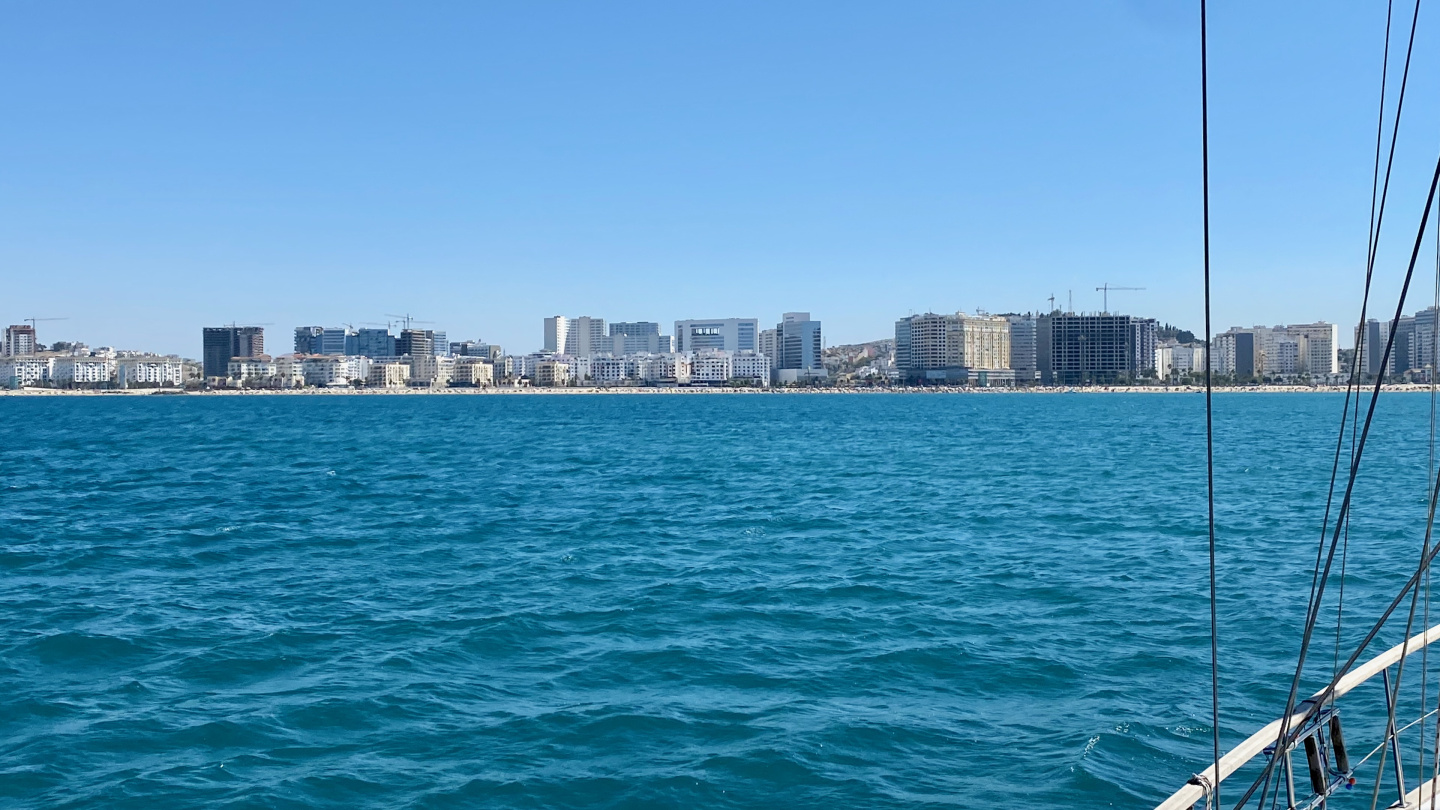
The check-in took a little over two hours, as we first went to the harbor office to fill out some forms. Then we moved to the adjacent room to deal with the border patrol and fill out more forms for the police. Lastly, we went to the customs area to fill out additional paperwork, and customs officials also inspected the boat herself. Only after that, there was one more formality – the boat had to be temporarily imported. We had to carefully guard that small but very crucial piece of paper between our passports to be able to clear the boat out when it’s time to leave. Finally, with stamped passports, we moved to the actual guest berth.
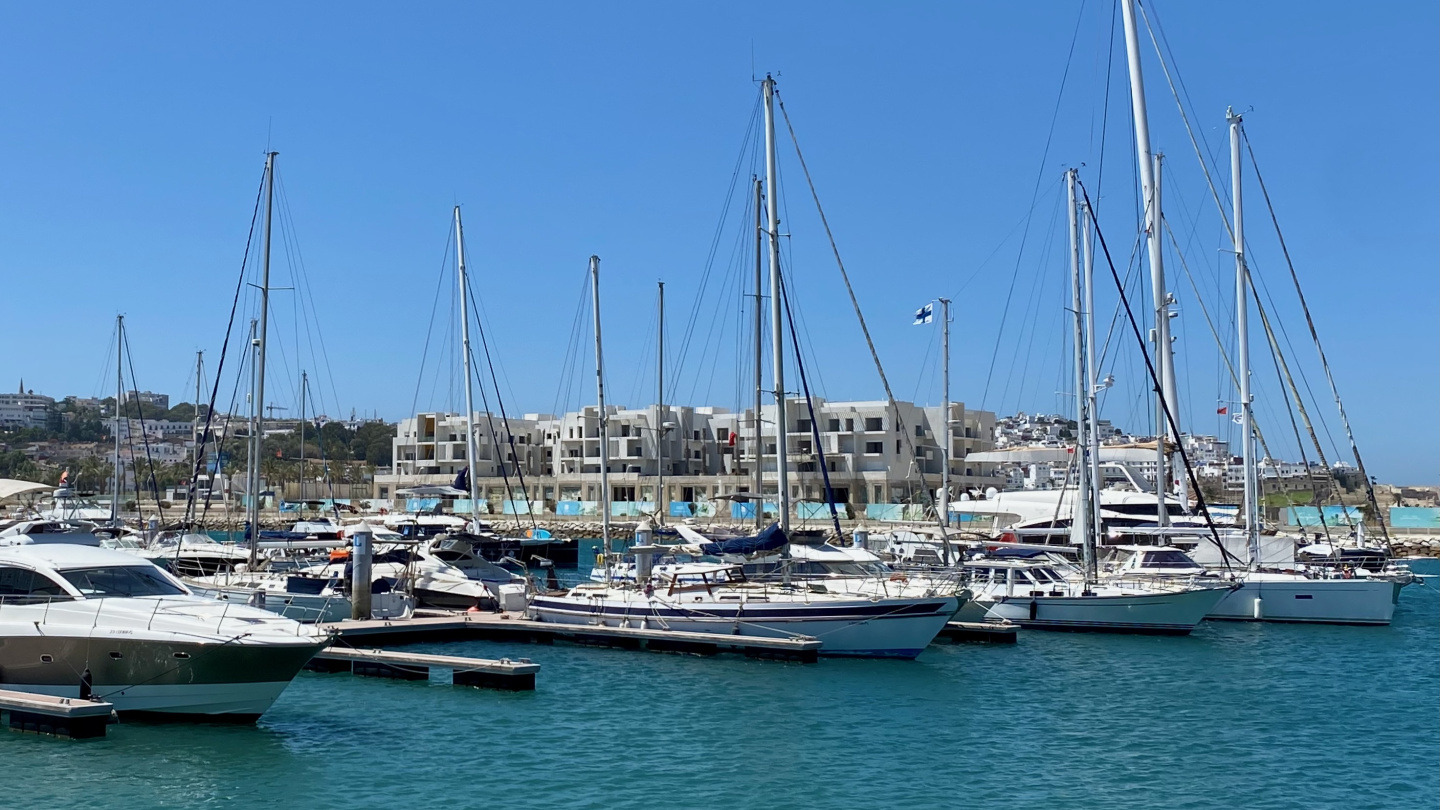
The harbor was excellent, with water, electricity, and all amenities available. Tangier Marina Bay is a large marina with around 800 berths, and expansion plans are already in place. At the moment, there were pontoons from A to N, each with its own locked gate. Suwena got a berth at the L-dock, where there were also other guest boats.
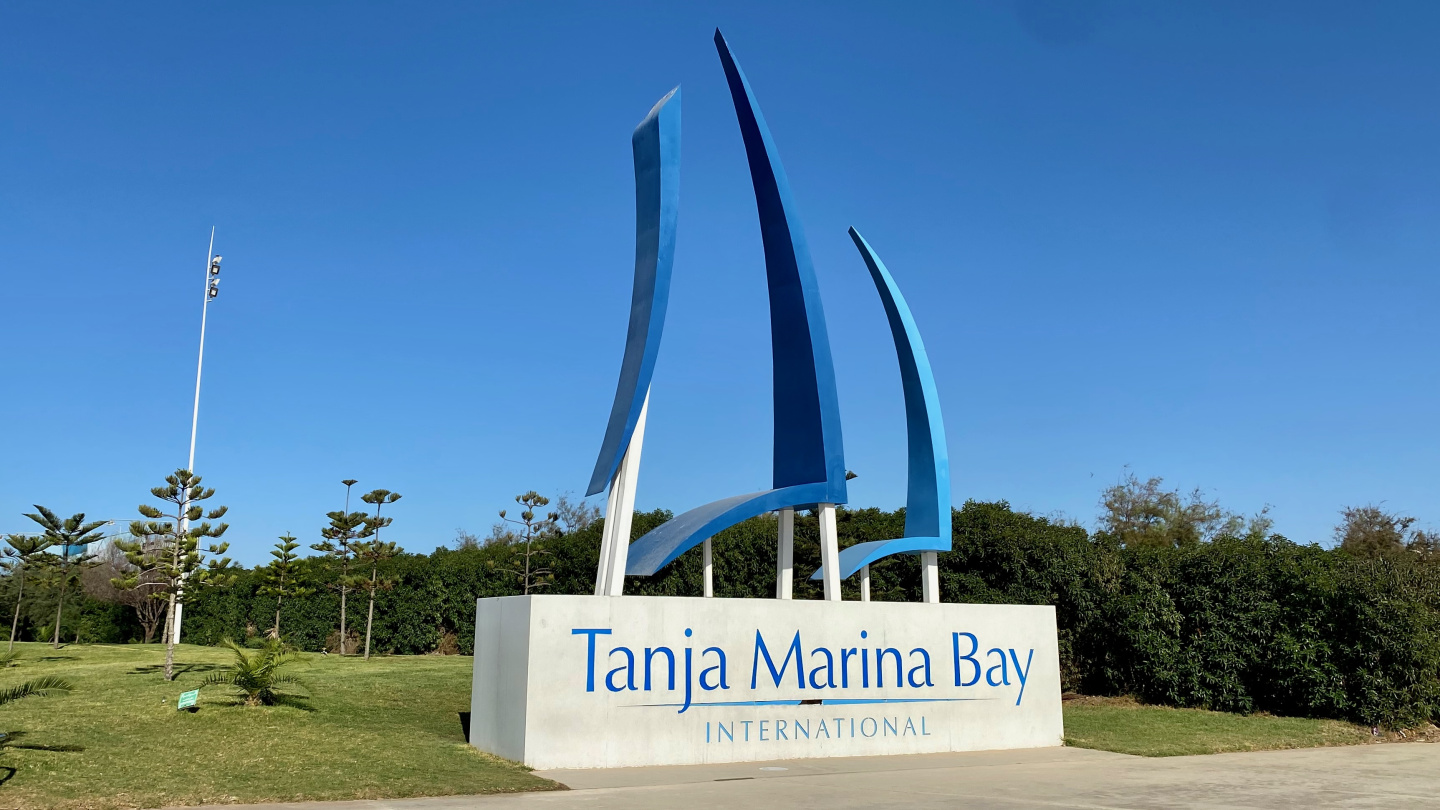
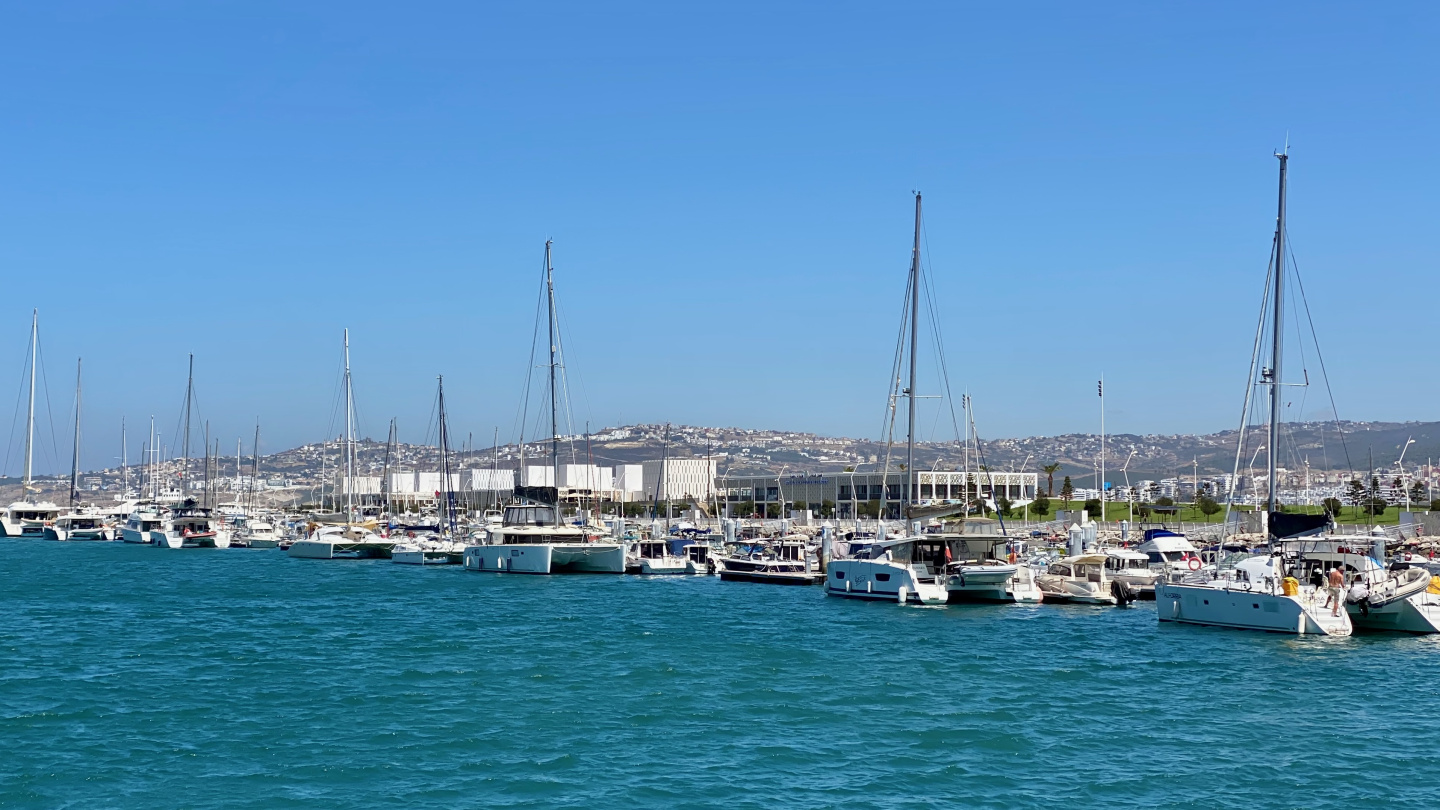
From the marina gate, the bustling of a city with 1.3 million inhabitants began. Tangier is a port city with passenger and car ferries coming from Spain. There were a lot of French and Spanish cars on the roads since August is the peak holiday month for Central and Southern Europe.
On our first day in Morocco, we walked around Tangier. We wandered through the maze-like alleys of the Medina, the old town. The Medina is a short walk from the harbor.
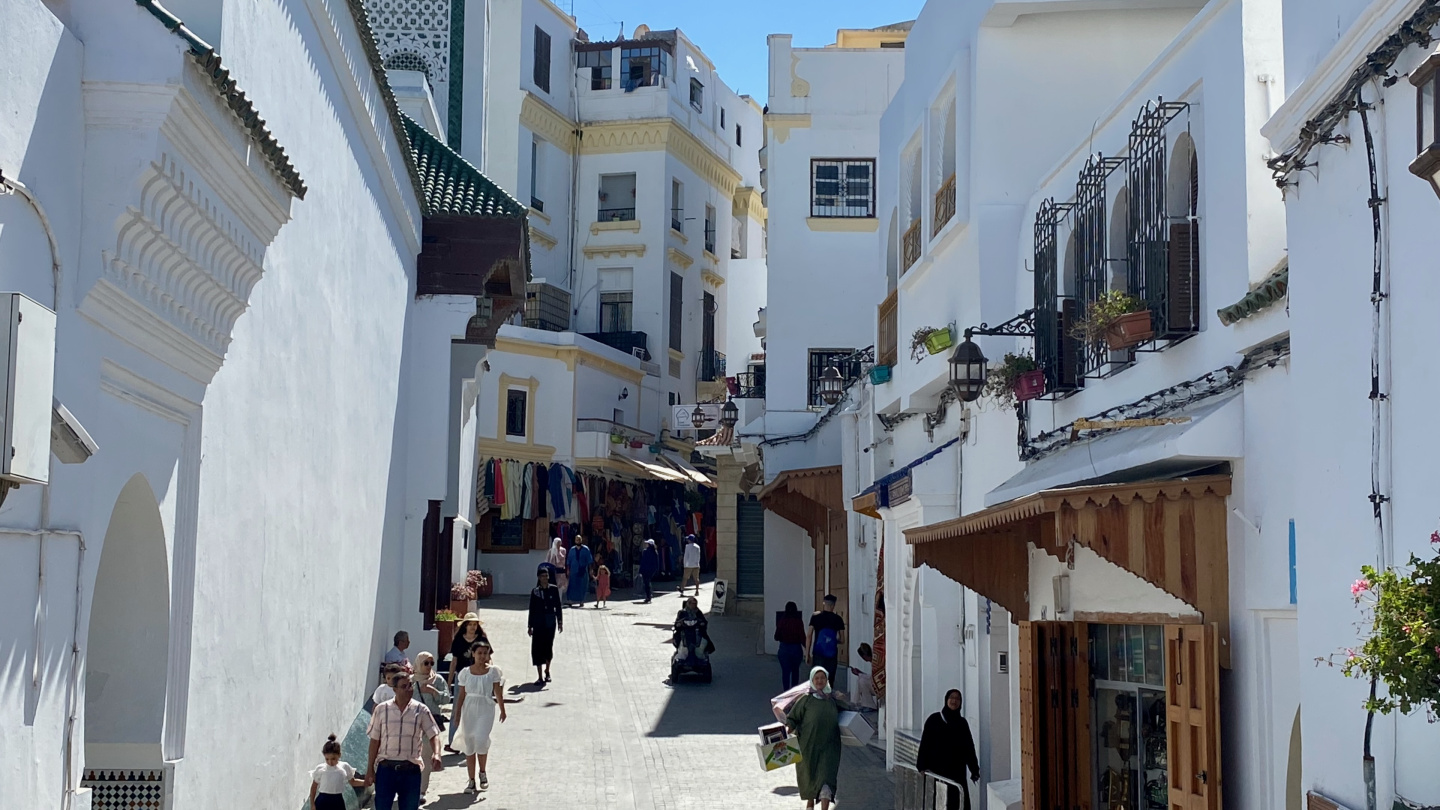
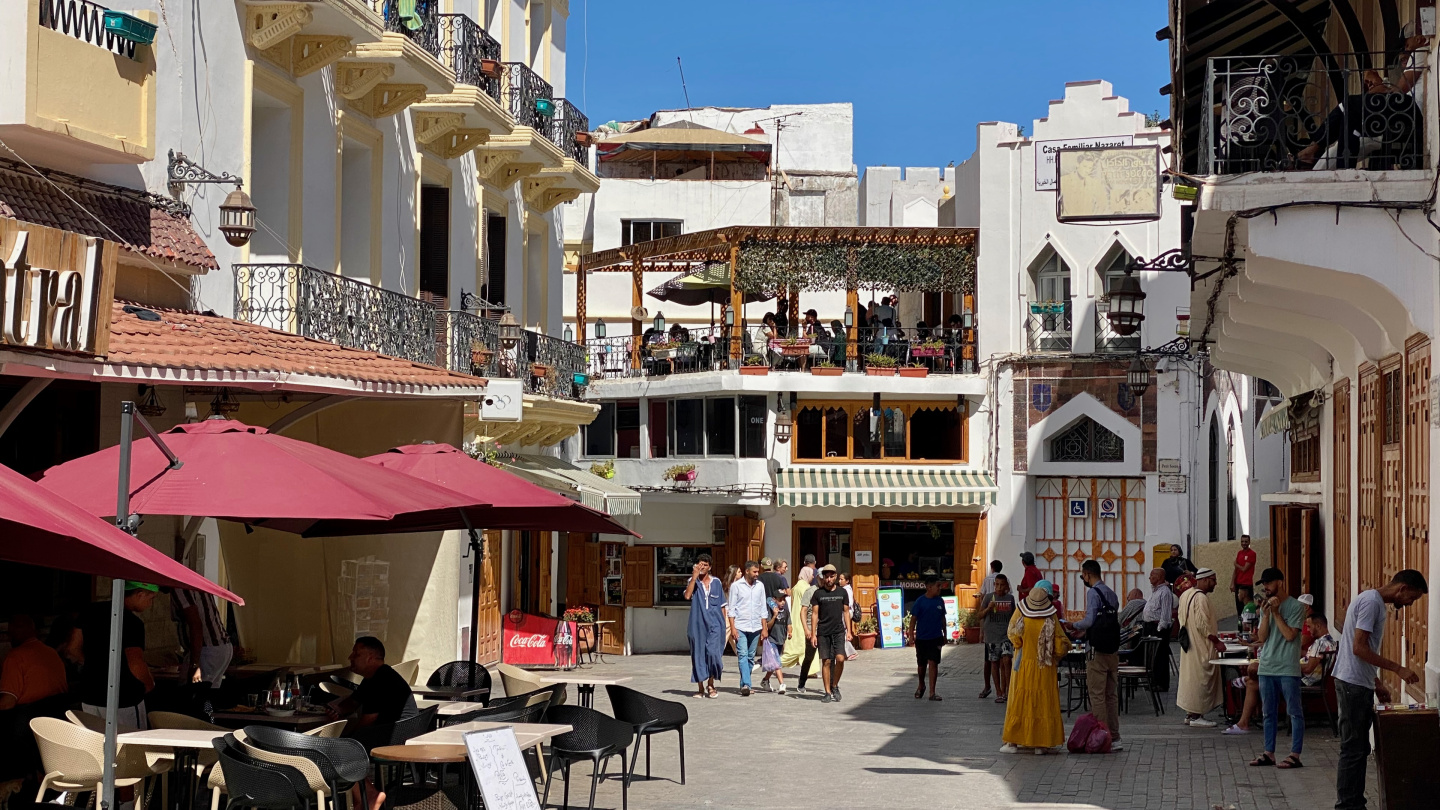
The hustle and bustle of a big city mixed with the tourists were dominent in Tangier’s Medina. Tourists arrived continuously on car ferries from Spain, taking day trips to Morocco. Tourism was such a significant part of Tangier’s street scene that it was challenging to get a feel for the life of the local people. We are always drawn to observe the daily life of the locals and experience their culture. Fortunately, a deeper journey into Morocco awaited us.
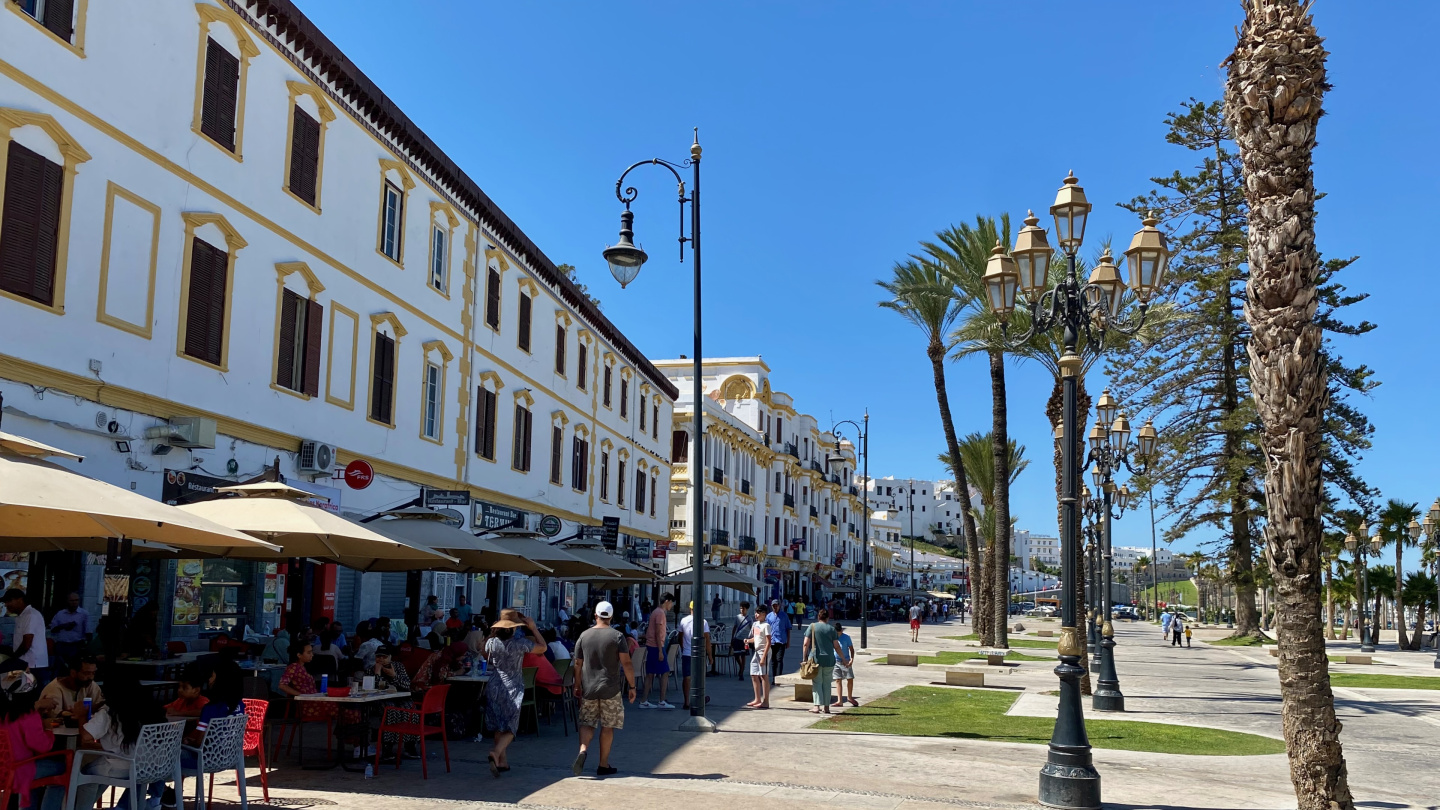
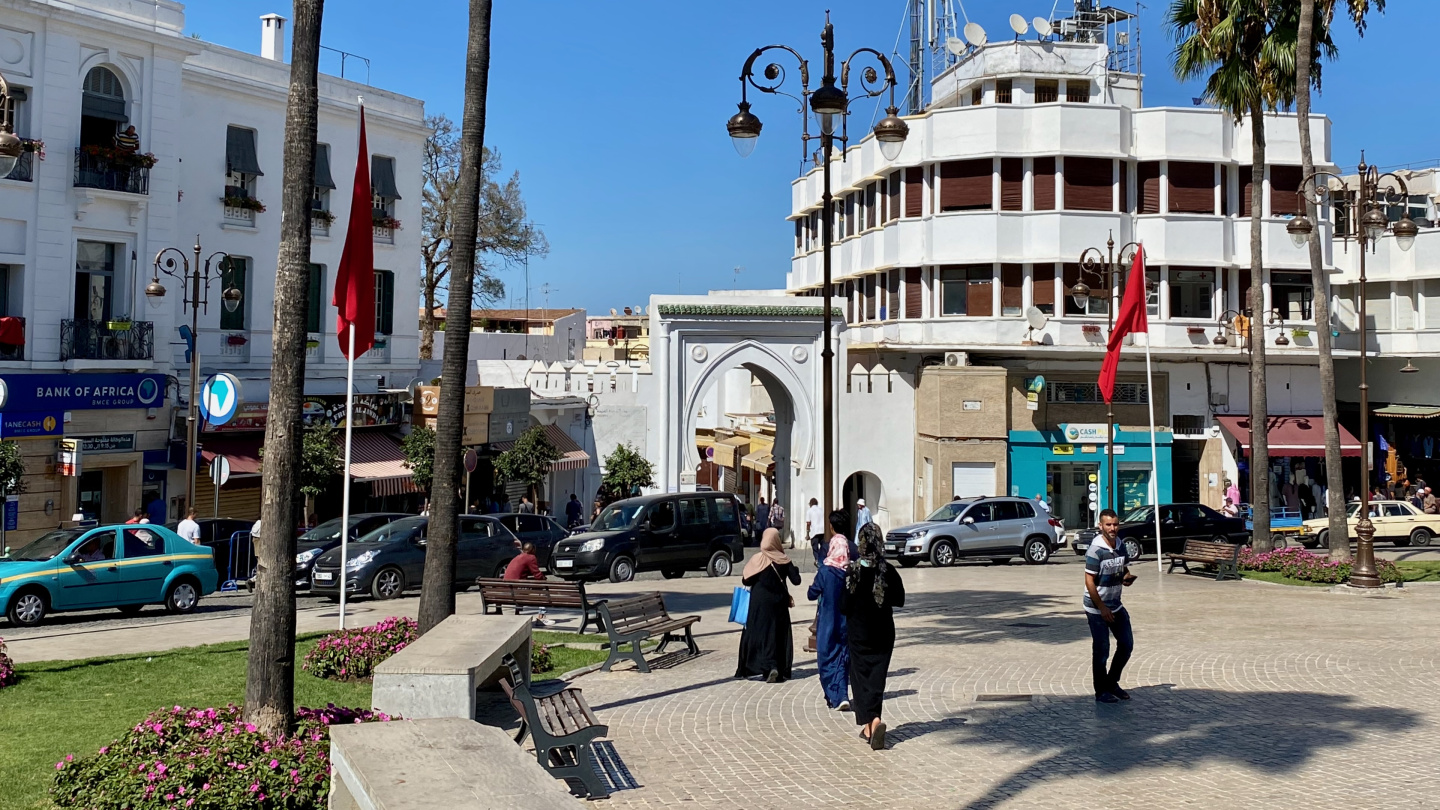
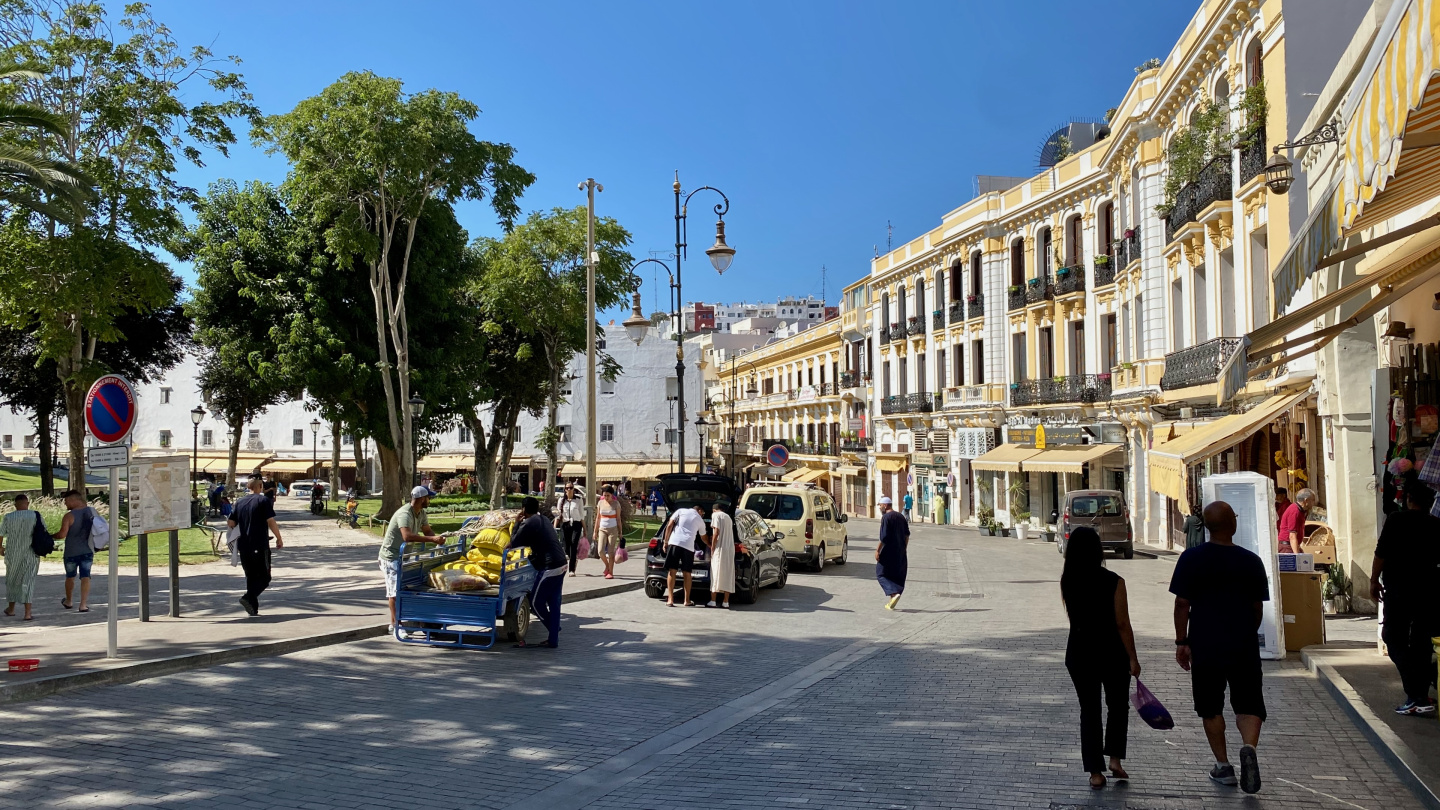
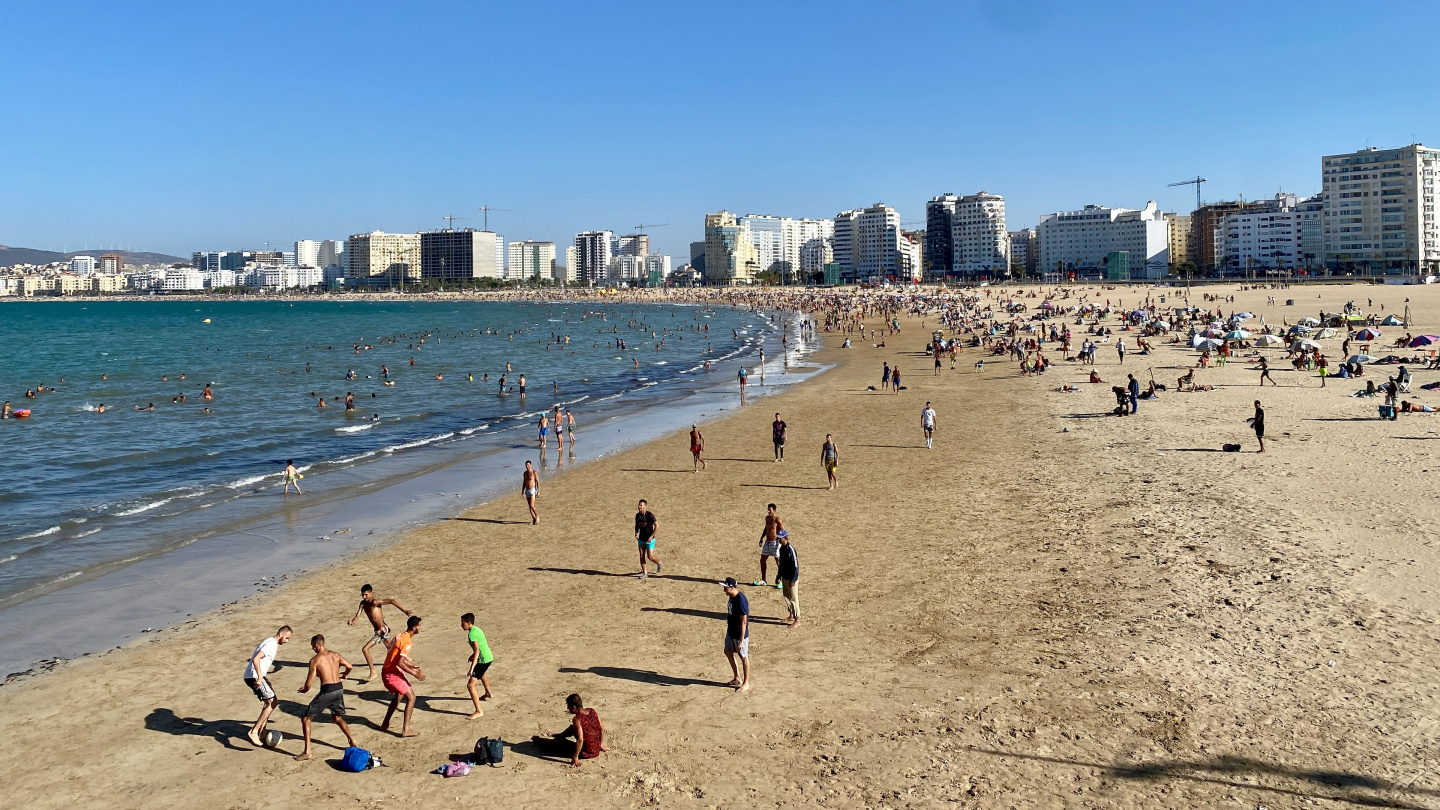
Right outside Tanja Marina Bay, there is a modern luxury restaurant complex where locals also seemed to enjoy themselves until the early hours. A large Carrefour supermarket, convenient for provisioning the boat, is just a stone’s throw away. Also, within a short walking distance, there are numerous restaurants where you can savor the flavors of Moroccan cuisine.

